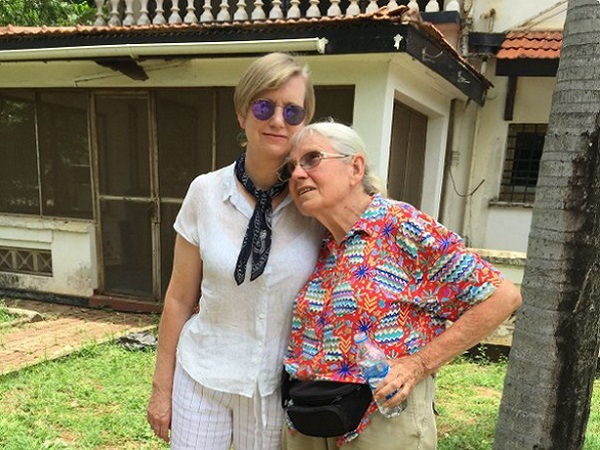‘Behind the Scenes: To Publish or Not?’ by David W. Dunlap
As they say, a picture is worth a thousand words. Photographs, and their ability to tell a story, go hand-in-hand with the written words of journalists. But when an image is of a graphic nature, do you publish or not? In 2009, the Associated Press released a grainy, slightly out-of-focus photograph of combat in Afghanistan. It showed a soldier lying on the ground, surrounding by debris, with obvious wounds to his legs. Fellow marines are blurs by his side.
This David W. Dunlap article from the New York Times photography blog tells of the decision to release this image of Lance Corporal Joshua M. Bernard moments after he was hit by a rocket-propelled grenade during a Taliban ambush, after which he died.
The soldier’s father and the Defense Secretary protested the release. However, the Associated Press decided to publish, saying: ‘The need to tell this story overrode some of the other considerations.’
As journalists, should we simply tell, and not show? Censorship – or self-censorship – for sensitivity’s sake is like rose-coloured glasses for the audience. The photographer, Julie Jacobson, puts it eloquently. ‘I think it’s necessary for people to see the good, bad and the ugly in order to reflect upon ourselves as human beings.’
Laura Carroll is a Bachelor of Journalism student at La Trobe University. You can follow her on Twitter: @laura_carroll
Find out more about our 100 articles project here.




